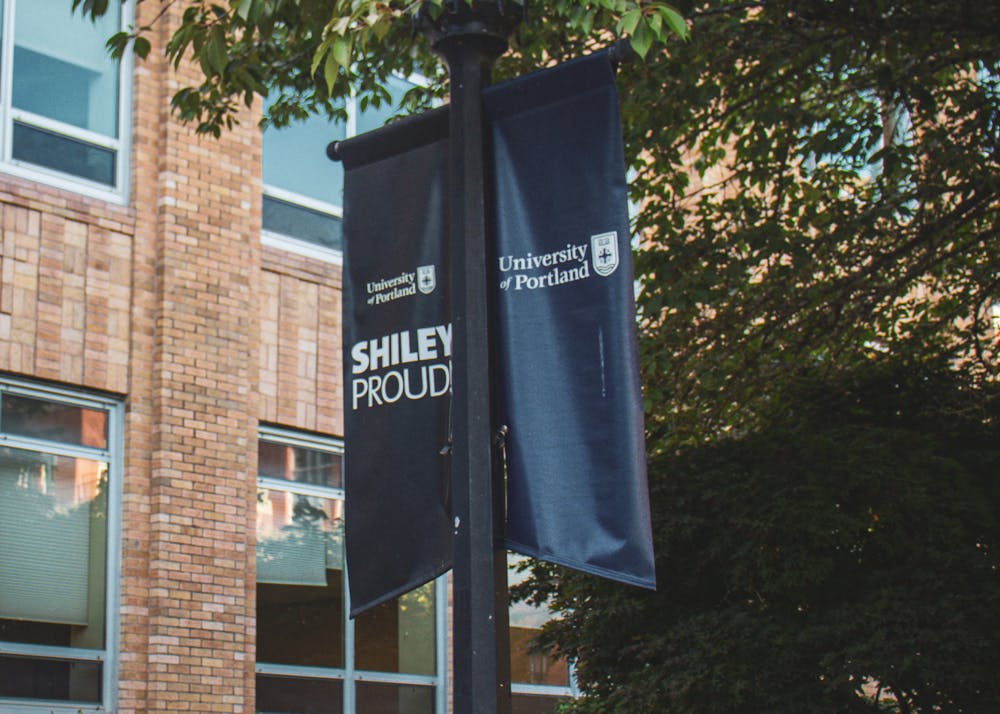Popularity of the computer science major has more than doubled in the last decade. But with companies like Amazon and Alphabet cutting jobs in favor of AI tools, the computer science market has seen an increase in unemployment rates.
How do UP computer science grads compare to the national average unemployment rates, and how can they prepare themselves for a more competitive market?
According to UP’s career outcome survey, which samples students six months after attaining their degree, computer science graduates are roughly on par with the national average, with 81% of the Class of 2023 reporting a “positive career outcome” and 19% of students still seeking employment. These figures compare to the national averages of 84.8% and 13.9% respectively.
But because of the sample size, it’s difficult to know precisely how UP students are doing overall or in the years following the survey.
As the data is two years old, it will likely not translate to the career landscape for 2025 grads. The survey also only happens once per graduate year, meaning graduates are not re-surveyed past the six month mark.
What can be taken away from these numbers? That UP students will experience similar challenges to students nationwide, making career readiness essential.
Tammy VanDeGrift, interim dean of the shiley school of engineering, says the success of computer science alums can be attributed to that most dreaded higher-ed word, “networking.”
“The old, tried-and-true methods of meeting other people, going to networking events, contacting alumni, I think, helps our students get access to positions and just build their network,” VanDeGrift said.
VanDeGrift is on to something.
According to a 2009 research paper published in the Journal of Applied Psychology, networking is linked to current salary, career satisfaction and salary growth over time. A personal connection can increase a young grad's credibility in the job market as businesses begin to use automated screening methods.
Computer science students Landon Harrison and Magnus Graham also credit post-grad employment success to the Multiple Engineering Co-op Program (MECOP), a two year internship program embedded into students' curriculum.
The program is highly successful across Oregon, with more than 70% of MECOP students going on to work for a MECOP company.
The program is also competitive, and students who aren’t accepted must be proactive about their job and internship search. Applying early and often is the rule of thumb for students looking for summer or full time positions.
But for students like Graham, who aren’t in MECOP, this doesn’t mean the end.
“If you really put the work in and know what resources to take advantage of, you definitely can secure a position,” Graham said.
Even with UP’s resources and connections, enrollment in the computer science program is beginning to shrink, according to VanDeGrift.
Although the market may scare students off, she still sees the necessity of the major.
“In the end, software, hopefully, is going to benefit humans and help people do their jobs faster, better [and] maybe even create different kinds of jobs,” VanDeGrift said. “But if we don't have the people who can build the tools, and we don't have the people who can interpret the impact of those tools, then we're probably going to be in big trouble.”
Nandita Kumar is a reporter for The Beacon. She can be reached at kumarn27@up.edu.








